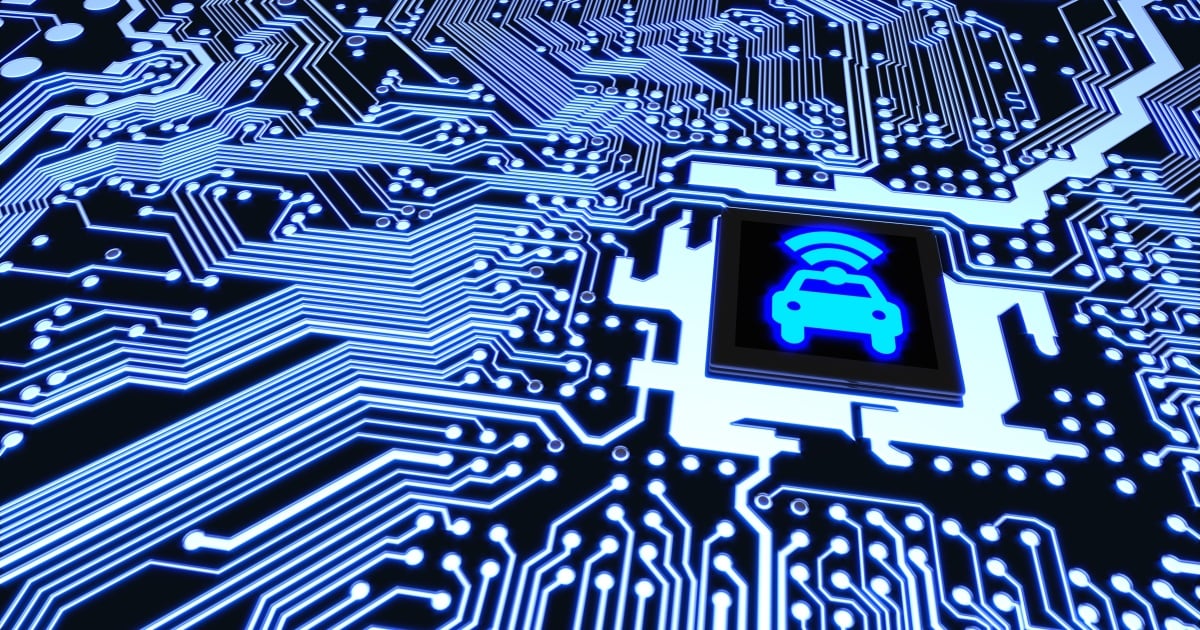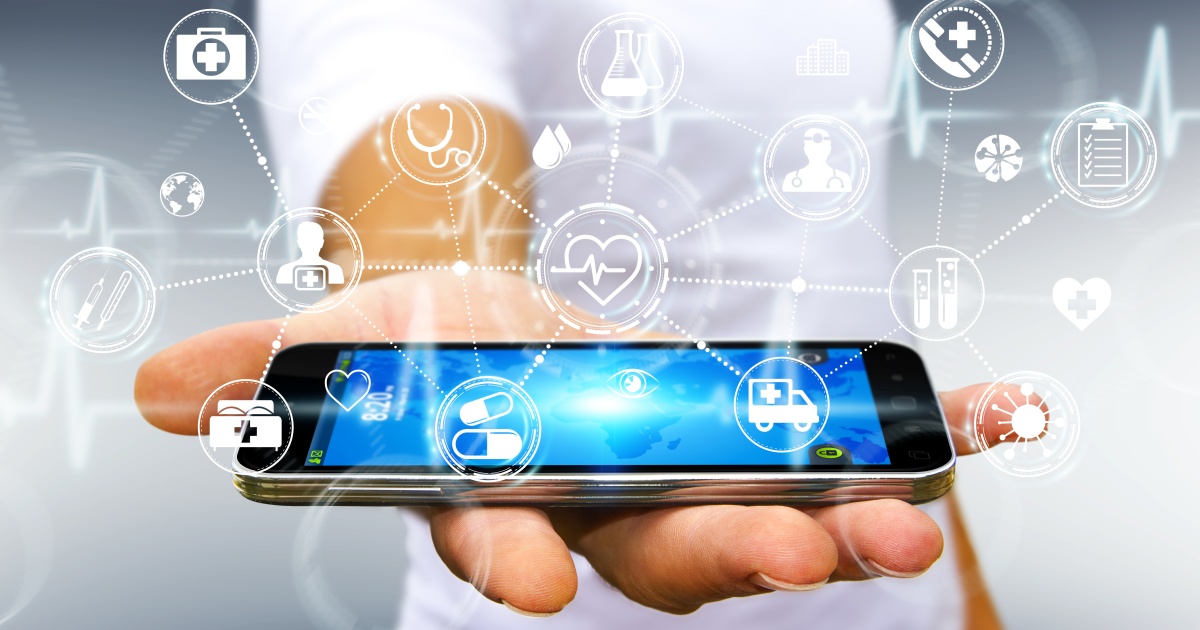
As the twenty-seventh World Mental Health Awareness Day approaches on Oct. 10, technology and the preferences of consumers have evolved the delivery of mental health treatment. Recent research from Frost & Sullivan reportedly highlights some of the trends in how technologies and mobile apps are helping to diagnose and treat mental illness. Here are some highlights from the report:
mHealth
Between 2015 and 2022, mHealth market revenue is forecast to nearly double in size to $544.5 million. Two factors are driving this growth.
- In the mHealth arena, behavioral health apps lead within the disease-specific apps category, by availability as well as in the provider prescriptions category. These apps also have the second-highest fill rate at 72 percent—surpassed only by fitness apps.
- The proliferation of wearable technology is driven by the demand for gadgets and apps from the millennial population. And these apps aren’t just for the wrist anymore--newer technology that allows the tracking of additional parameters is worn on the neck and torso and is also driving market growth.
Telebehavioral Health
Telebehavioral healthcare market revenue is forecast to nearly triple over this same 2015-2022 period, jumping to an anticipated $301.1 million in 2022, according to the report. The potential for convenient access beyond regular working hours, cheaper consults and improved access in rural/remote areas are making telehealth a preferred mode of receiving care. Future integration of care (with primary health care) will enhance this potential, but integration currently remains a major challenge for market growth.
Virtual Reality
Revenue for the Virtual Reality behavioral healthcare market is forecast to more than double in size, growing from $95.9 million in 2015 to $ 248.1 million by 2022. This growth is fueled in part by the potential of VR as a tool for behavioral health treatment modalities such as exposure therapy and cognitive behavior therapy.
VR behavioral healthcare provides advantages of safety, controlled environments and patient convenience that will continue to drive this market, though cost and widespread availability remain a challenge.
Smart Homes
A recent F&S report explains how emerging technology around smart homes can play a role in mental illness detection and treatment by monitoring changes in sleep and eating habits, and by diagnosing early signs of depression in as little as a week.
Additional information about the new F&S report can be found here: http://www.frost.com/k247
Ken Briodagh is a writer and editor with more than a decade of experience under his belt. He is in love with technology and if he had his druthers would beta test everything from shoe phones to flying cars.Edited by
Ken Briodagh





